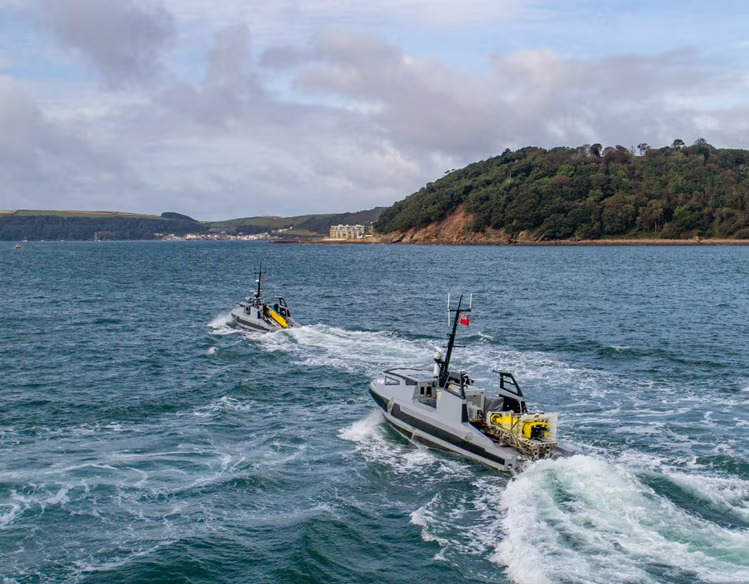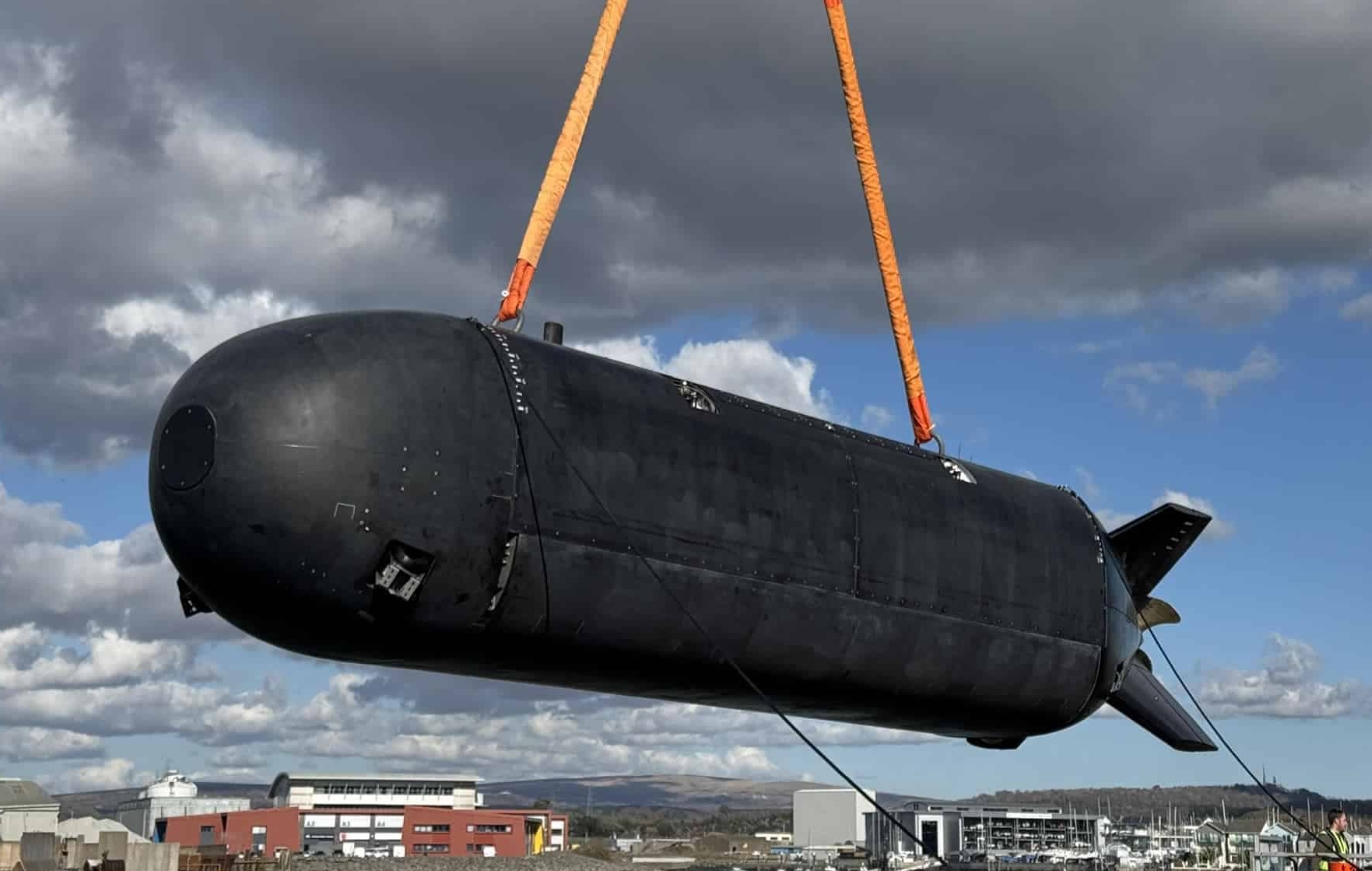UK Navy Gets First AI-Powered Mine Countermeasures Drone from Thales
16 March, 2025 Maritime Mine Counter Measures (MMCM) drone. Photo credits: Thales The Royal Navy has received its first autonomous mine countermeasures system from Thales, the company's press service reported.
The drones were developed under the Franco-British Maritime Mine Counter Measures (MMCM) program, which was launched in 2019. In 2020, France and the United Kingdom signed a joint contract for the project. According to Thales, the system is cyberattack-resistant and equipped with artificial intelligence algorithms to enhance operational efficiency.
 Maritime Mine Counter Measures (MMCM) drone. Photo credits: Thales
Maritime Mine Counter Measures (MMCM) drone. Photo credits: Thales
"Marking a technological breakthrough in the conduct of mine countermeasure missions, this system drastically reduces the exposure risk for personnel on board ships while contributing to the safety of maritime routes, the backbone of the global economy," the company stated. The Royal Navy expects to receive four more such systems by the end of the year.
Each system consists of an unmanned surface vehicle, towed and multi-spectral sonar, a remotely operated mine clearance vehicle, and a lightweight operations center.
The development of the British unmanned fleet
On March 7, it was reported that the Royal Navy had launched a large underwater technology demonstrator in Plymouth as part of the CETUS project, funded through the British Spearhead anti-submarine warfare program. This development aims to reduce risks associated with acquiring future large underwater drones and their payloads while supporting the Royal Navy in testing potential uses of XLUUV for anti-submarine warfare, reconnaissance, and surveillance.
 MSubs' large unmanned submarine as part of the CETUS project. March 2025.
MSubs' large unmanned submarine as part of the CETUS project. March 2025.
United Kingdom.
Source: Turnchapel Wharf / @Turnchapel
The 12-meter-long demonstrator has a 2.2-meter diameter and weighs up to 25 tons with a full test payload.
In its current configuration, it can operate at sea for up to five days, but its design allows for the integration of additional batteries to extend its autonomy.